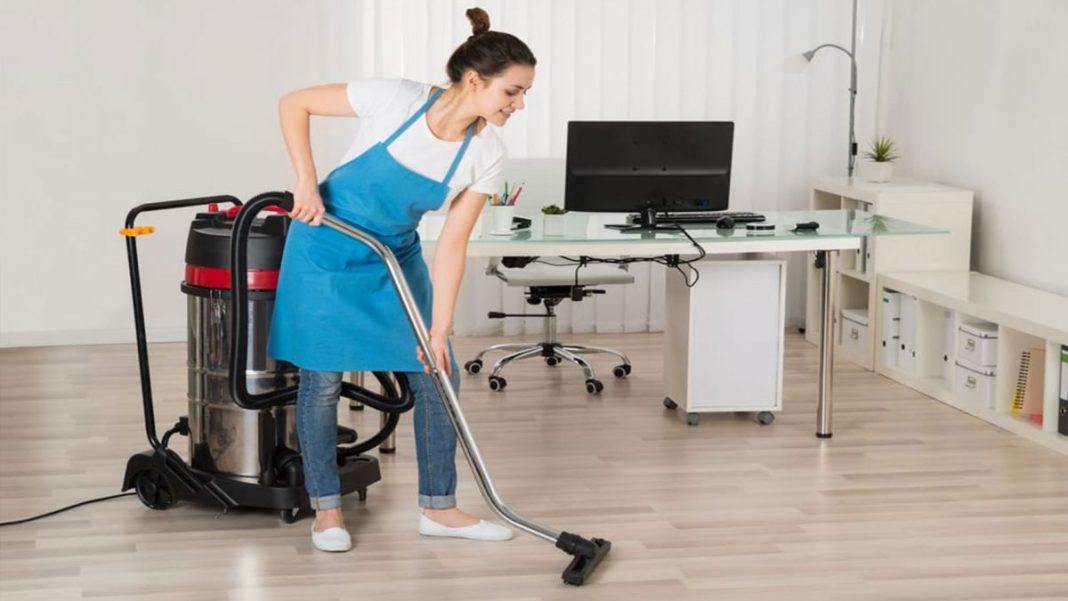Water damage and sewage backups can create a major mess in your home, causing flooded floors and dirty drains. Dealing with these situations can be overwhelming, but having a clear understanding of water damage and sewage cleanup strategies can help you effectively manage the situation. In this user-friendly guide, we will provide you with tips on how to handle water damage and sewage cleanup.
Assess the Situation
The first step in handling water damage and sewage cleanup is to assess the situation. Understanding the extent of the damage and the type of water or sewage involved will help you determine the appropriate steps to take. Here are some important considerations:
- Safety First: Always prioritize safety. Before entering the affected area, make sure it is safe to do so. If there are any electrical hazards or structural damage, do not enter the area until it has been deemed safe by a professional.
- Identify the Source: Try to identify the source of the water damage or sewage backup and shut off the water supply if possible. This will help prevent further damage.
- Check for Contamination: Determine if the water is clean, grey, or black. Clean water comes from a clean source, such as a burst pipe. Grey water may contain contaminants and can come from sources like a washing machine or dishwasher. Black water is highly contaminated and comes from sewage backups or flooding.
Cleanup Process
Once you have assessed the situation, you can begin the cleanup process. Here are some user-friendly tips on how to handle water damage and sewage cleanup:
- Remove Standing Water: Use a wet/dry vacuum or a pump to remove standing water as soon as possible. The longer water sits, the more damage it can cause, so it’s crucial to remove it promptly.
- Dry the Area: Use fans, dehumidifiers, and open windows and doors to promote airflow and dry out the affected area. Remove any wet carpets, furniture, and belongings to a well-ventilated area to dry them separately.
- Clean and Disinfect: Clean all affected surfaces with a mixture of water and mild detergent. Follow up with a disinfectant to kill bacteria and prevent mold growth. Be sure to wear protective gear, such as gloves and a face mask, when cleaning up contaminated water.
- Remove Damaged Materials: Remove any damaged materials, such as wet carpets, flooring, drywall, or insulation. These materials can harbor mold growth and need to be properly disposed of to prevent further damage and health risks.
- Check for Mold: After cleaning up the water damage, it’s crucial to check for any signs of mold growth. Mold can start growing within 24-48 hours after water damage, so be vigilant in checking for any moldy odors, discoloration, or visible mold growth. If you suspect mold, it’s best to hire a professional mold remediation service to properly handle the situation.
- Clean Drains and Sewage Lines: If the water damage is due to a sewage backup, it’s essential to clean and disinfect the drains and sewage lines thoroughly. This may require professional assistance to ensure proper cleaning and disinfection to prevent any health hazards.
- Restore and Repair: Once the affected area is thoroughly cleaned and dried, you can start the restoration and repair process. This may include repairing or replacing damaged flooring, drywall, insulation, and other materials. It’s essential to follow proper techniques and use appropriate materials to restore your home to its pre-damage condition.




































